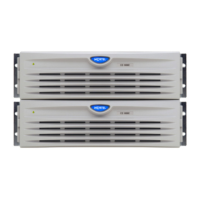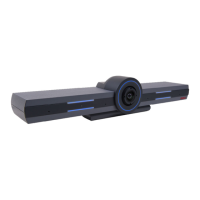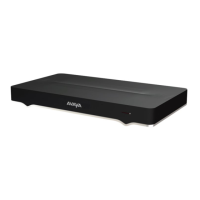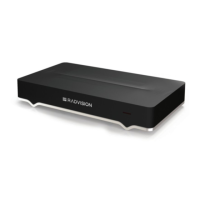All terminals must be compatible with the system and comply with one of the following protocols
for ISDN BRI terminals:
• ETSI NET-3
• INS NET-64
• NUMERIS
• ANSI standards
Contact your Avaya representative for the latest list of compatible terminals.
To connect 1TR6 terminals, an ETSI NET-3 to 1TR6 protocol converter is required. A terminal
adapter (the So-Adapter) is specifically designed to interface with the ISDN BRI DSL and the
1TR6 terminals. Its main function is to convert 1TR6 protocol, sent from the 1TR6 terminal into
the ETSI NET-3 protocol required for ISDN BRI.
S/T interface specification
The S/T interface uses an 8-conductor modular cable terminated with an 8-pin RJ-45 type plug.
An 8-pin RJ-45 type jack located on the terminal connects the terminal to the DSL using this
modular cable.
Table 16: S/T interface connector specification on page 73 shows the connector pin
assignment for the jack and the plug. It also shows the signal names for each interface pin at
the SILC and at the terminal.
Table 16: S/T interface connector specification
Pin number
RJ45 jack pin signal name SILC signal name
1 Power Source 3 No connection
2 Power Source 3 No connection
3 TX + RX +
4 RX + TX +
5 RX - TX -
6 TX - RX -
7 Power Sink 2 (-) No connection
8 Power Sink 2 (+) No connection
Note:
Power Source 1 (PS1): Up to 2 Watts of power is supplied by the SILC to the terminals on
the DSL. This power is simplexed over the TX and RX pairs provided by -48 V (-40 V for
Europe) supply on the SILC. The RX pair is positive with respect to the TX pair.
Note:
Power Sink 2 (PS2) provides an optional means of powering the terminal from a common
supply in the wiring closet.
Installation procedures
ISDN Basic Rate Interface Installation and Commissioning March 2011 73

